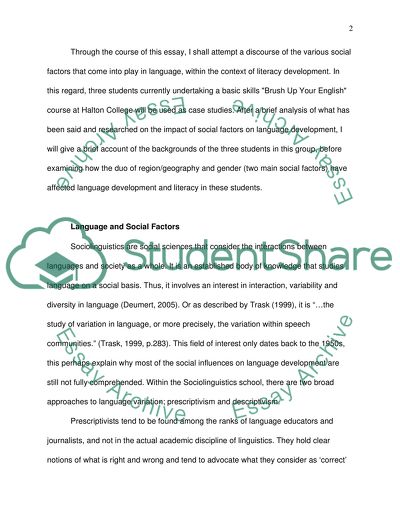Cite this document
(“Language and Literacy Essay Example | Topics and Well Written Essays - 3000 words”, n.d.)
Retrieved from https://studentshare.org/education/1515455-language-and-literacy
Retrieved from https://studentshare.org/education/1515455-language-and-literacy
(Language and Literacy Essay Example | Topics and Well Written Essays - 3000 Words)
https://studentshare.org/education/1515455-language-and-literacy.
https://studentshare.org/education/1515455-language-and-literacy.
“Language and Literacy Essay Example | Topics and Well Written Essays - 3000 Words”, n.d. https://studentshare.org/education/1515455-language-and-literacy.


